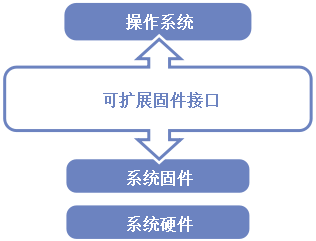The Unified Extensible Firmware Interface (UEFI) is a standardised interface between the firmware and the operating system used in all x86-based platforms over the past ten years, which continues to spread to other architectures such as ARM and RISC-V. The UEFI incorporates a modular design based on images containing a driver or an application in a Common Object File Format (COFF) either as a Portable Executable (PE) or as a Terse Executable (TE). The de-facto standard generic UEFI services implementation, including the image loading functionality, is TianoCore EDK II. Its track of security issues shows numerous design and implementation flaws some of which are yet to be addressed. In this paper we outline both the requirements for a secure UEFI Image Loader and the issues of the existing implementation. As an alternative we propose a formally verified Image Loader supporting both PE and TE images with fine-grained hardening enabling a seamless integration with EDK II and subsequently with the other firmwares.
翻译:统一扩展硬体界面(UEFI)是过去十年来所有以x86为基础的平台所使用的硬件和操作系统之间的标准化界面,它继续扩展到其他结构,如ARM和RISC-V。 UEFI包含一个模块设计,以含有驱动器的图像为基础,或以共同对象文件格式(COFF)中的一种应用程序为基础,作为便携式可移动执行(PE)或Terse可执行(TE)。 De-facto标准通用UEFI服务(包括图像装载功能)的实施是TianoCore EDK II。其安全问题跟踪显示许多设计和实施缺陷,其中一些有待解决。我们在本文件中概述了对安全 UEFI图像装入器的要求和现有实施问题。我们提议了一种经正式核实的图像加载器,支持PE和TE图像,并配有精细加硬的硬度,能够与EDK II以及随后与其他固件进行无缝的整合。





